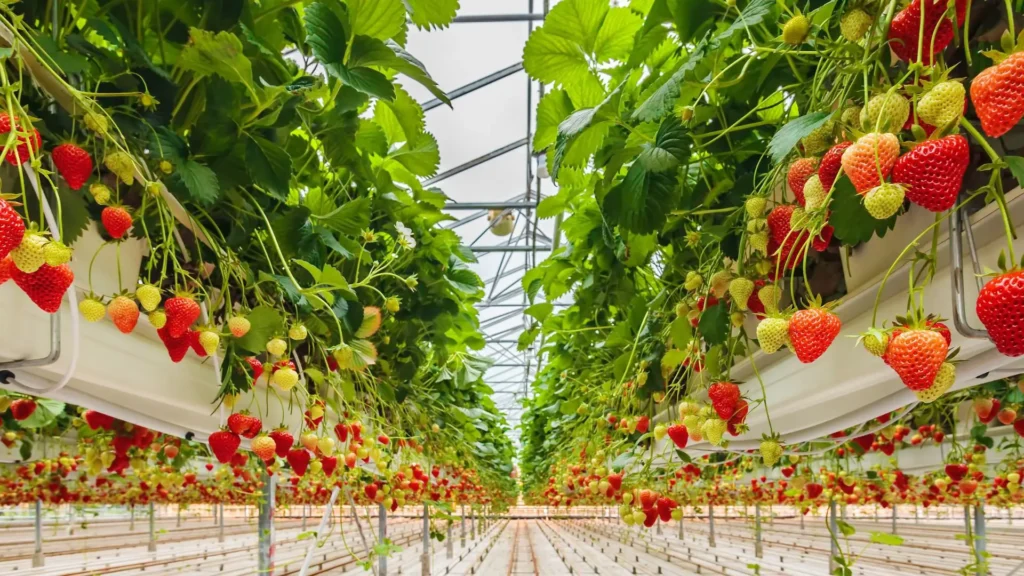
In recent years, the agricultural landscape has witnessed a transformative shift towards sustainability and efficiency, driven by advancements in vertical farming technology. Commercial towers have emerged as a key component of this revolution, offering innovative solutions to the challenges of modern food production. In this blog post, we’ll explore the role of commercial towers in vertical farming and the impact they are having on the future of agriculture.
The Evolution of Vertical Farming:
Vertical farming represents a paradigm shift in agricultural practices, moving away from traditional soil-based methods towards innovative, space-efficient growing systems. By stacking crops vertically in multi-tiered structures, vertical farms maximize space utilization and optimize resource efficiency, making them ideal for urban environments where land is scarce and populations are dense.
The Role of Commercial Towers:
At the forefront of vertical farming are commercial towers, modular structures designed specifically for large-scale crop production. These towers feature multiple growing levels, each equipped with state-of-the-art irrigation, lighting, and climate control systems to create the optimal growing conditions for a wide range of crops.
Advantages of Commercial Towers:
- Maximized Yield: Commercial towers maximize crop yields by utilizing vertical space efficiently, allowing farmers to produce more food in less space compared to traditional farming methods.
- Year-Round Production: With controlled indoor environments, commercial towers enable year-round crop production, ensuring a steady supply of fresh produce regardless of seasonal fluctuations or adverse weather conditions.
- Resource Efficiency: By utilizing hydroponic or aeroponic growing methods, commercial towers conserve water and minimize fertilizer usage, reducing the environmental impact of food production and promoting sustainable farming practices.
- Local Food Production: Commercial towers can be established in urban areas, bringing food production closer to consumers and reducing the carbon footprint associated with transportation and distribution.
- Customizable Design: Commercial towers are modular in design, allowing farmers to customize their growing systems to suit their specific needs and crop preferences. This flexibility enables farmers to experiment with different crops and growing techniques, maximizing productivity and profitability.
Applications of Commercial Towers:
Commercial towers are versatile growing systems that can be used in a variety of agricultural settings, including:
- Large-scale commercial farms
- Urban vertical farms
- Research institutions and universities
- Restaurants and food service providers
- Community gardens and co-op farms
Conclusion:
As the global population continues to grow and urbanization accelerates, the demand for sustainable food production solutions has never been greater. Commercial towers represent a pioneering approach to agriculture, harnessing the power of technology and innovation to address the challenges of feeding a growing world population while minimizing environmental impact. By revolutionizing the way we grow and consume food, commercial towers are shaping the future of agriculture and paving the way for a more sustainable and resilient food system.